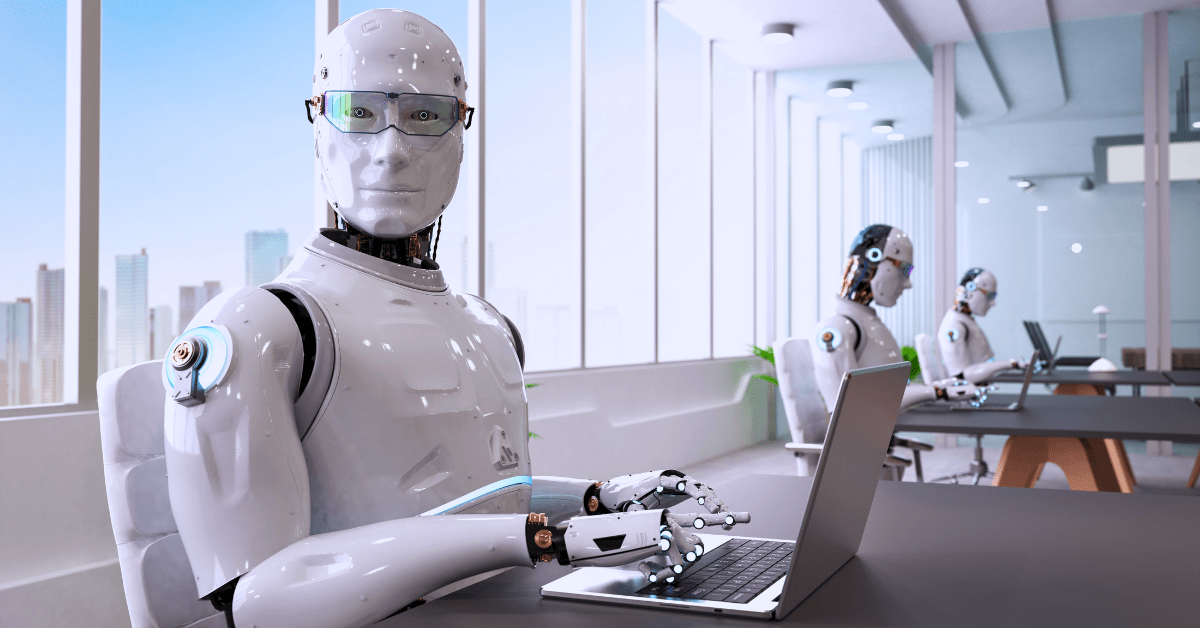The Future of AI in Animation Production

The animation industry has always been at the forefront of technological innovation. From the early days of hand-drawn frames to the current era of computer-generated imagery (CGI), animation has continuously evolved. Now, artificial intelligence (AI) stands poised to revolutionize animation production, promising to streamline processes, enhance creativity, and open new avenues for storytelling. As AI continues to advance, it will undoubtedly play a crucial role in shaping the future of animation.
Streamlining the Animation Process
One of the most significant impacts of AI in animation production is its ability to streamline the animation process. Traditional animation is labor-intensive, requiring animators to create thousands of frames to bring characters and scenes to life. Even with CGI, animators spend countless hours modeling, rigging, and animating characters and environments. Top Heygen Alternatives
The Future of AI in Animation Production can automate many of these tasks, significantly reducing the time and effort required. Machine learning algorithms can be trained to understand the movement and behavior of characters, allowing AI to generate intermediate frames in a process known as in-betweening. This not only speeds up the production process but also reduces costs, making animation more accessible to smaller studios and independent creators.
Additionally, AI-driven tools can assist with tasks such as lip-syncing, background generation, and even coloring. For instance, NVIDIA’s GANverse3D uses generative adversarial networks (GANs) to transform 2D images into 3D models, saving animators hours of manual work. These tools enable animators to focus on more creative aspects of their projects, such as character development and storytelling.
Enhancing Creativity
AI is not just a tool for efficiency; it also has the potential to enhance creativity in animation production. By leveraging AI, animators can experiment with new styles, techniques, and concepts that were previously unimaginable. AI-driven software can analyze vast amounts of visual data, learning from different art styles and animation techniques to generate unique and innovative visuals.
For example, Google’s DeepDream uses neural networks to create dream-like, surreal images by enhancing patterns in existing images. When applied to animation, this technology can inspire new artistic directions and visual experiences. Similarly, AI can assist in storyboarding by generating dynamic scenes based on a script, allowing creators to visualize their ideas more effectively.
Moreover, AI can help animators explore new narrative possibilities. Natural language processing (NLP) algorithms can analyze scripts and suggest plot developments, character interactions, and dialogue. This collaboration between human creativity and AI can lead to richer, more complex stories that resonate with audiences on a deeper level.
Personalization and Interactivity
As AI technology advances, it will enable greater personalization and interactivity in animated content. AI-driven algorithms can analyze viewer preferences and behavior to create personalized experiences. For example, streaming platforms could use AI to recommend animations tailored to individual tastes, ensuring that viewers are always engaged.
Interactive animations are another exciting possibility. AI can enable real-time interaction between viewers and animated characters, creating immersive and engaging experiences. Imagine watching an animated film where the characters respond to your actions or decisions, altering the storyline based on your choices. This level of interactivity can transform animation from a passive experience into an active, participatory one.
Overcoming Challenges
While the future of AI in animation production is promising, it is not without challenges. One of the primary concerns is the potential loss of jobs for animators and other professionals in the industry. As AI automates more tasks, there is a risk that traditional roles will become obsolete. However, it is essential to view AI as a tool that can augment human creativity rather than replace it. By embracing AI, animators can focus on higher-level creative work, leaving repetitive tasks to machines.
Another challenge is the ethical implications of AI-generated content. As AI becomes more capable of creating realistic animations, there is a risk of misuse, such as deepfakes or misleading representations. The industry must establish guidelines and ethical standards to ensure that AI is used responsibly and transparently.
The Road Ahead
The future of AI in animation production is bright, with endless possibilities for innovation and creativity. As AI continues to evolve, it will become an indispensable tool for animators, enabling them to push the boundaries of their craft. By streamlining processes, enhancing creativity, and enabling personalization and interactivity, AI will reshape the animation landscape in ways we can only begin to imagine.
However, it is crucial to navigate this transformation thoughtfully. The industry must balance the benefits of AI with the need to preserve human creativity and ethical standards. By doing so, we can ensure that AI enhances rather than diminishes the art of animation.
In conclusion, the integration of AI in animation production marks a new era of creativity and efficiency. As animators and AI work together, the future of animation will be characterized by innovative storytelling, breathtaking visuals, and immersive experiences that captivate audiences worldwide. The journey ahead is exciting, and the possibilities are limitless.
